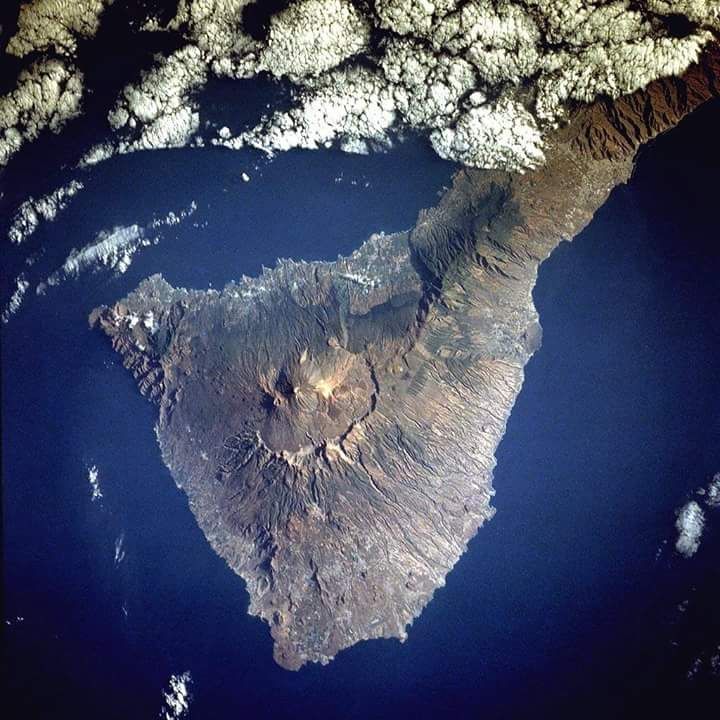
Tenerife is the largest and most populous island of the Canary Islands. With a land area of 785 square miles (2,034 sq. km) it is also the most populous island of Spain and of Macaronesia.
Although the Tenerife is the largest island in the Canaries, overall it is a small island (you could fit 100 Tenerife’s into the UK) with a great big volcano (Mount Teide) amazing scenery and great riding roads. All of this is ripe for exploring and touring in a short space of time.
The island’s road perimeter is a mere 220 miles (360 km), which means you can circumnavigate the entire landmass in just a few hours, however the best views and scenery is inland.
Tenerife is the most visited island in the archipelago and one of the most important tourist destinations in Spain.
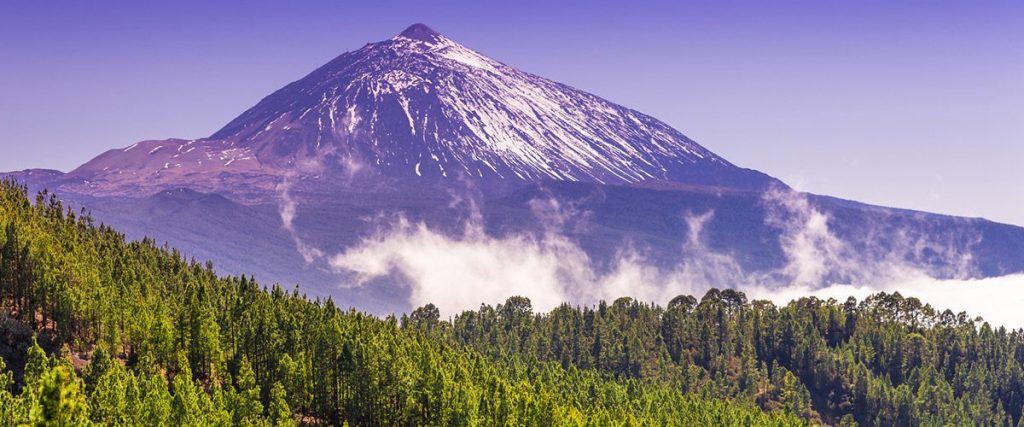
Rides
Stops and Meeting points
Autobar La Ruta Foodtruck, finca boca cangrejo, bajo, 51, 38678 Adeje, Santa Cruz
Cafe Sport, Av. Antonio Dominguez, 7, 38650 Arona, Santa Cruz
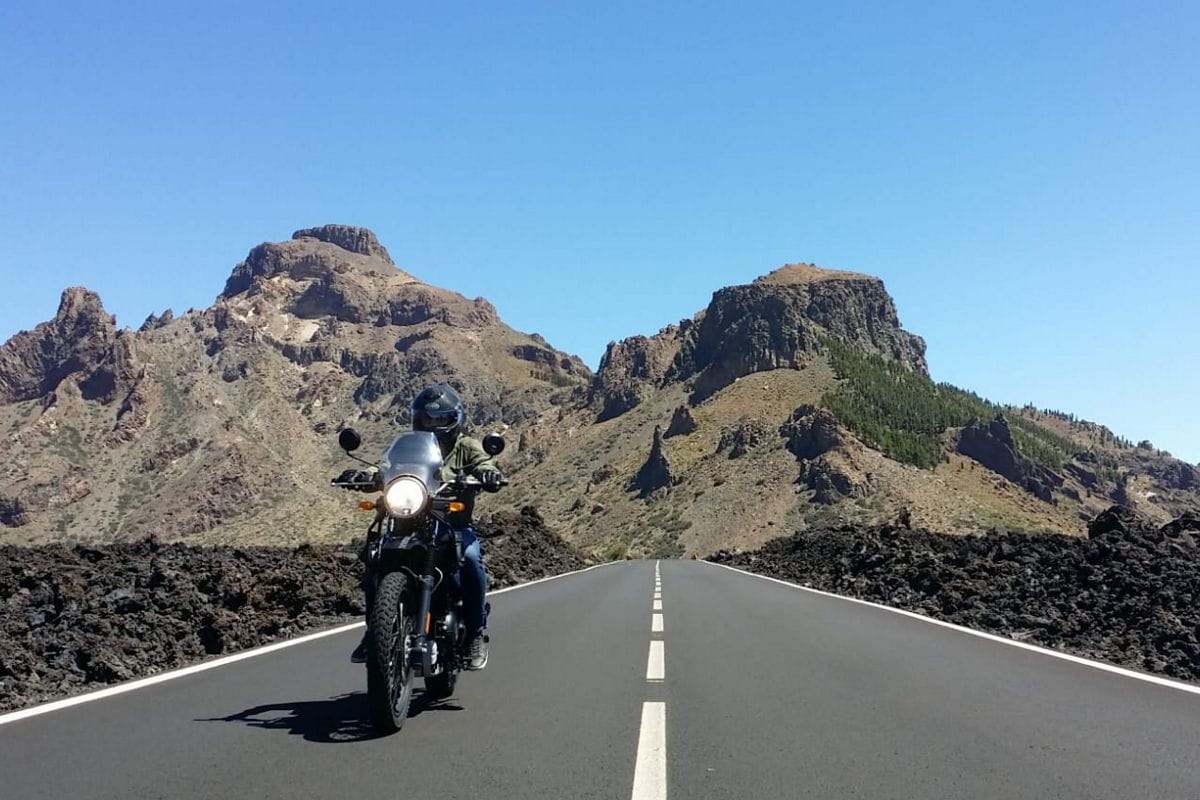
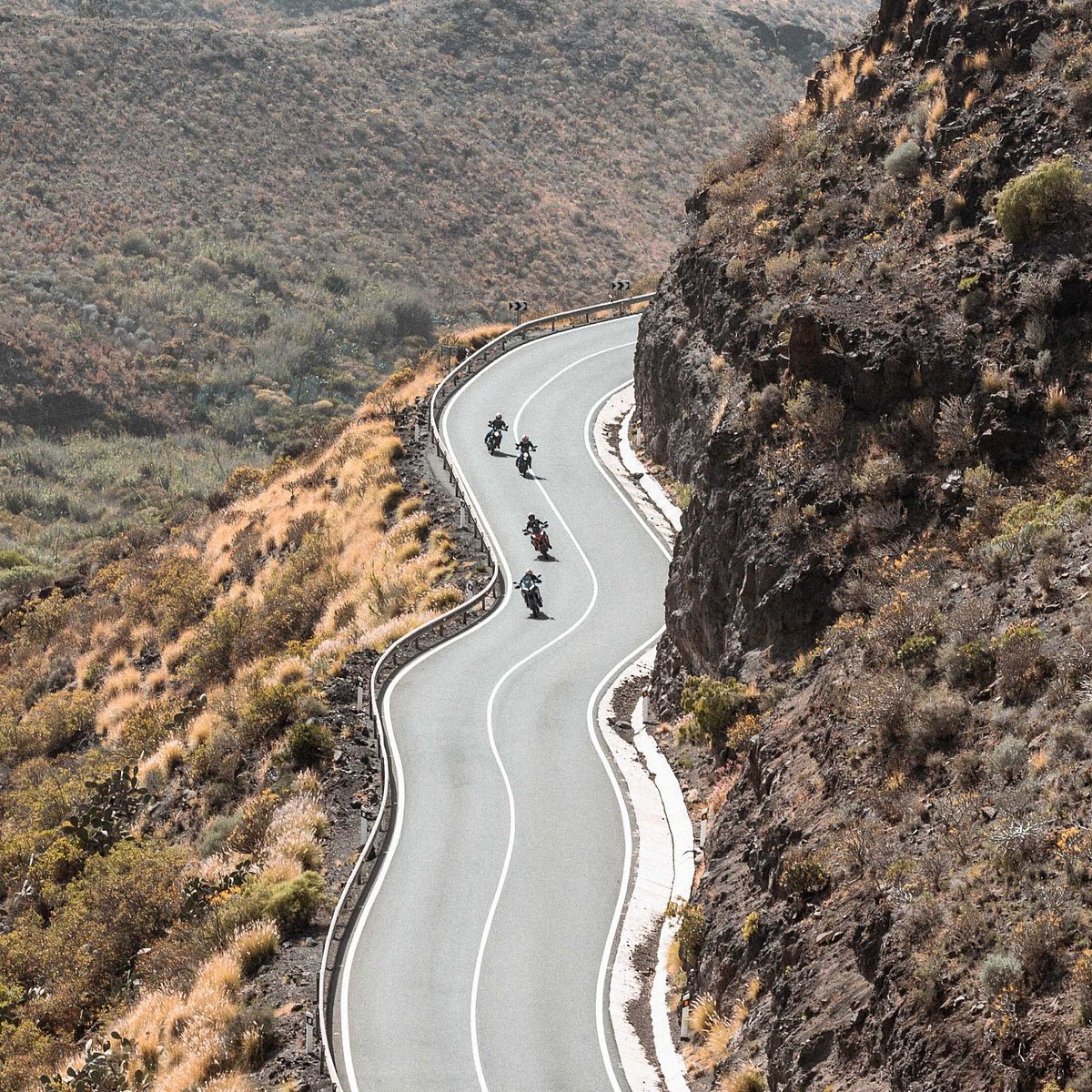
Requirements
These guides are assuming that you are renting a Motorbike in Tenerife. As such the only requirements you should need to have would be your passport and driving license.
Riding in Tenerife
It is also worth printing off the Constat Amiable D’accident Automobile, which is used across numerous and other countries (the downloadable one on our website has English as well as French).
Most of the motorbike rental companies give you a map, however Tenerife is that small it does not really matter if you get lost or not and mobile phone signal is good throughout the island.
Speed limits.
Unless otherwise stated by appropriate signs, the following national speed limits apply:
- Towns: 50 km/h (31 mph)
- Rural roads: 90 km/h (55 mph)
- Motorways: 120 km/h (74 mph)
Staying legal.
Helmets are advised in urban areas but out of urban areas you must wear a helmet (all rental places I have come across include a helmet with rental).
Earphones and speed radars are banned and can have a 200E fine.
Clothing.
When in Tenerife, I rented a jacket from the motorbike rental shop, its usually 5E for 24 hours. However I do take my own bike jeans, lightweight summer gloves and sturdy bike boots (trainer style).
See our fly ride equipment guide here.
Where to rent a bike.
Personally I have only rented from Motorbike Tenerife, there are many other rental companies out there, but they were close to where I was staying and I found their prices reasonable.
What else is there to see?
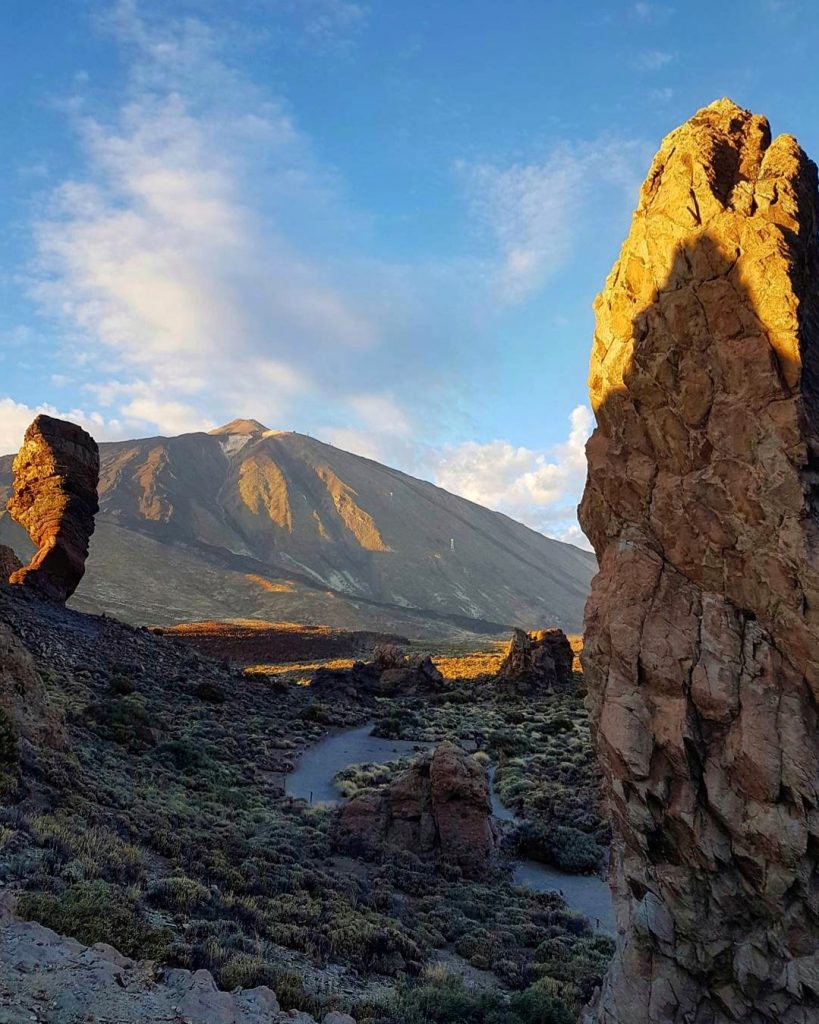
Teide National Park, located in the centre of the island, this includes Mount Teide, which has the highest elevation in Spain and the highest elevation among all the islands in the Atlantic Ocean. It is also the third-largest volcano in the world, when measured from its base.
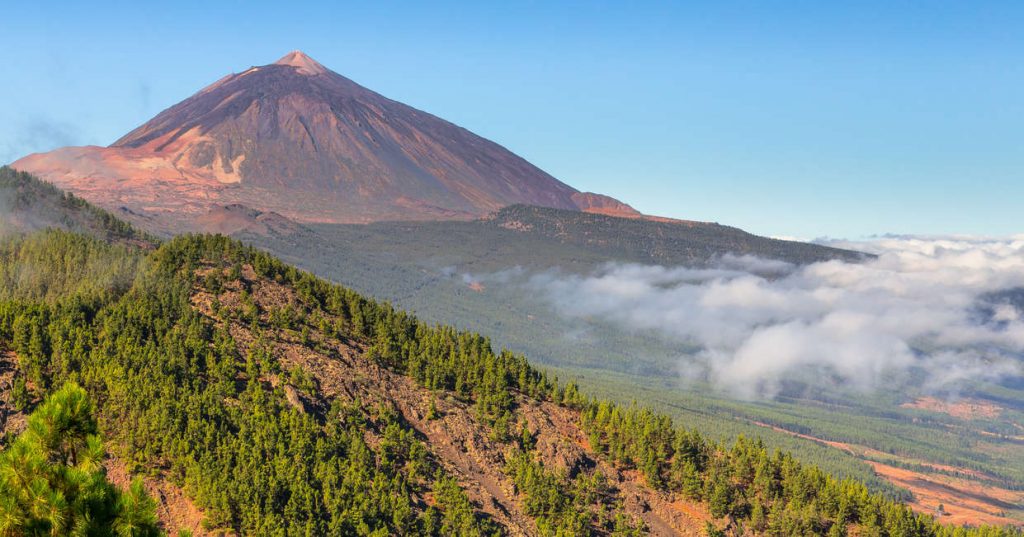
The Adeje massif is situated on the southern tip of the island. Its main landmark is the Roque del Conde (“Count’s Rock”), with an elevation of 1,001 metres (3,284 feet). This massif is not as impressive as the others due to its diminished initial structure, since in addition to with the site’s greater geologic age it has experienced severe erosion of its material, thereby losing its original appearance and extent.
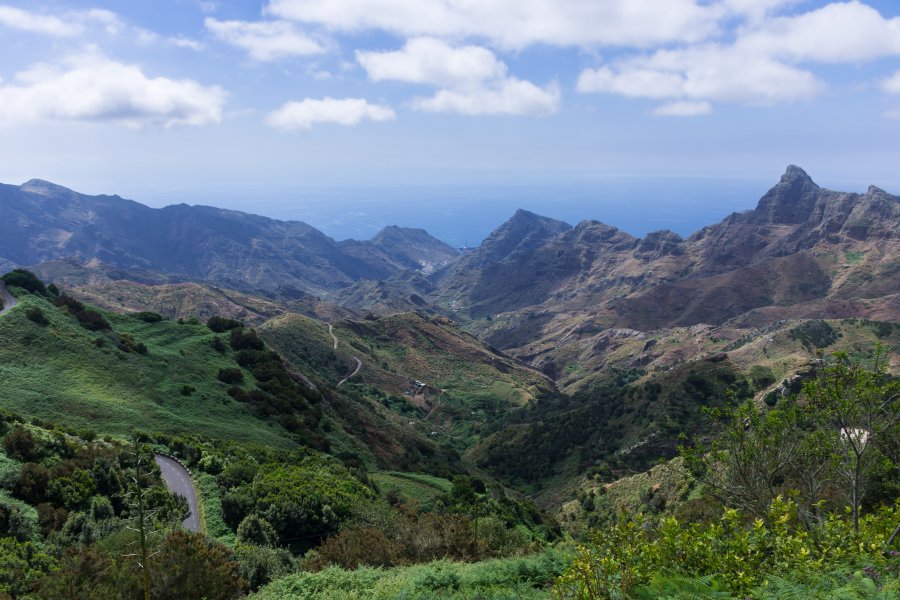
The Anaga massif, at the north-eastern end of the island, has an irregular and rugged topographical profile where, despite its generally modest elevations, the Cruz de Taborno reaches a height of 1,024 metres (3,360 feet).
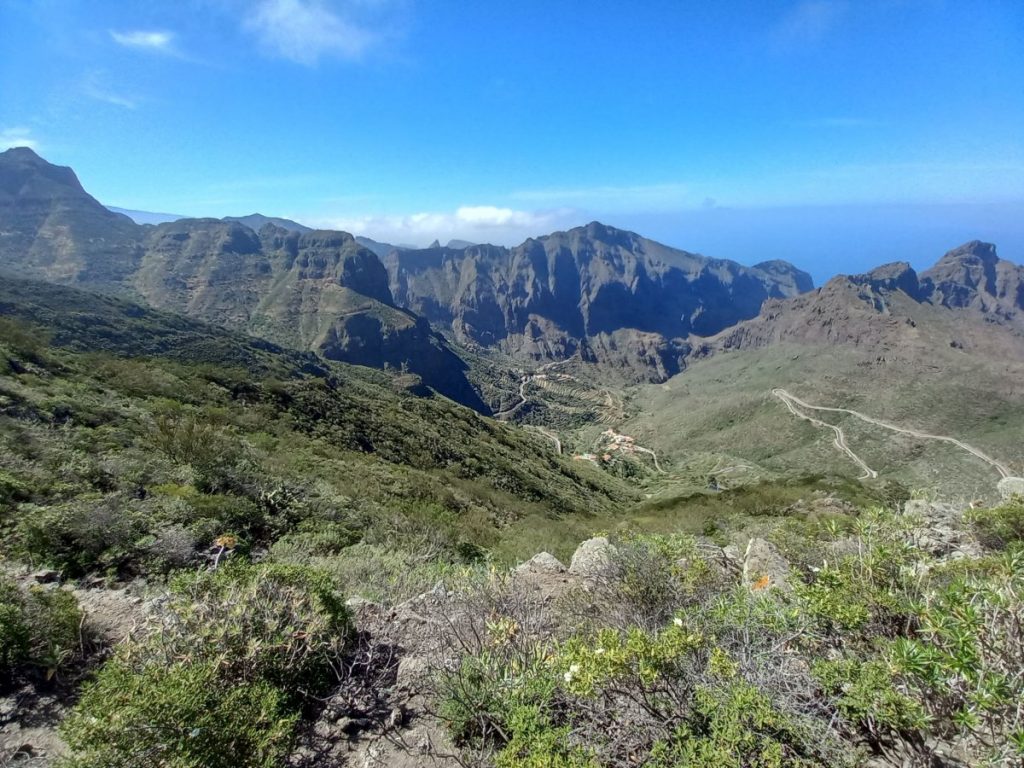
The Teno massif is located on the north-western edge of the island. Like Anaga, it includes an area of outcroppings and deep gorges formed by erosion. However, the materials here are older (about 7.4 million years old). Mount Gala represents its highest elevation at 1,342 metres (4,403 feet). The most unusual landscape of this massif is found on its southern coast, where the Acantilados de Los Gigantes (“Cliffs of the Giants”) present vertical walls reaching heights of 500 metres (1,600 feet) in some places.
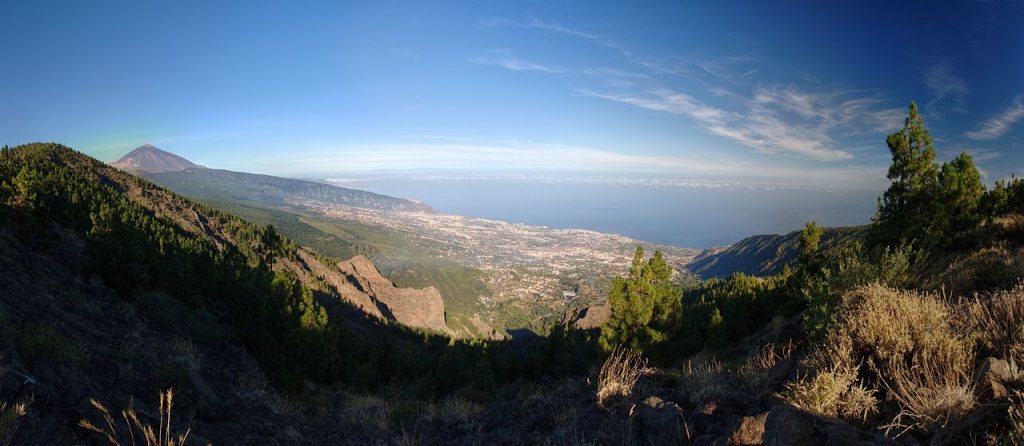
Valleys are another of the island’s features. The most important are Valle de La Orotava and Valle de Güímar, both formed by the mass sliding of great quantities of material towards the sea, creating a depression of the land. Other valleys tend to be between hills formed by deposits of sediments from nearby slopes, or simply wide ravines which in their evolution have become typical valleys.
Tenerife has a large number of ravines, which are a characteristic element of the landscape, caused by erosion from surface runoff over a long period. Notable ravines include Ruiz, Fasnia and Güímar, Infierno, and Erques, all of which have been designated protected natural areas by Canarian institutions.
Please note, this page was correct when written in January 2025.
